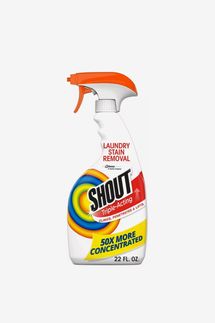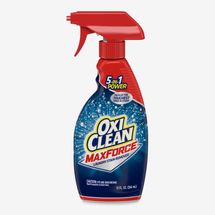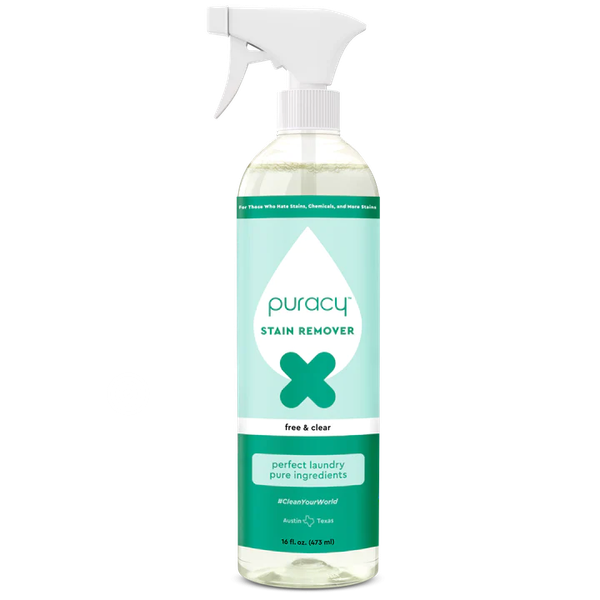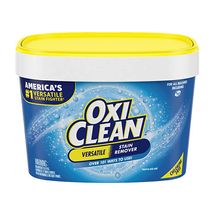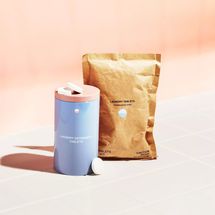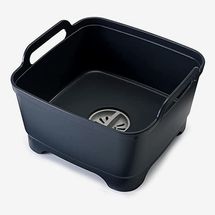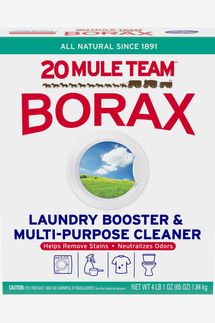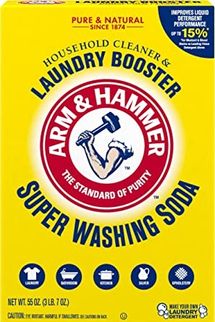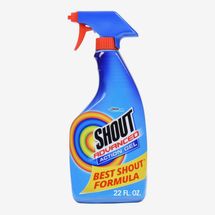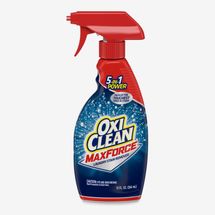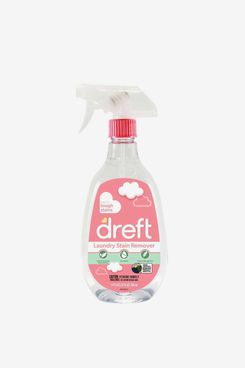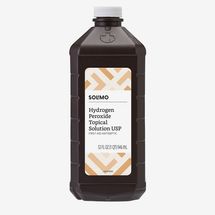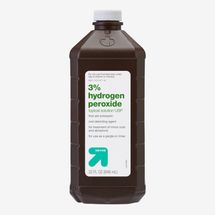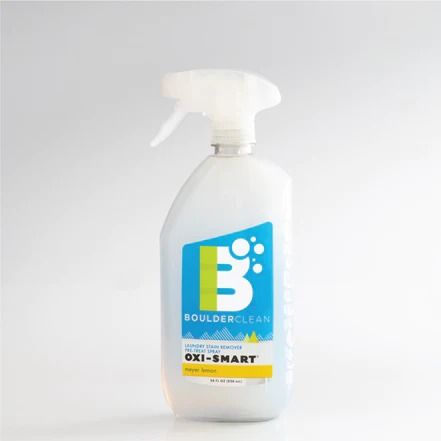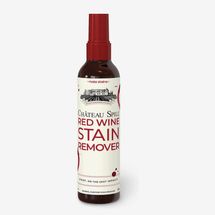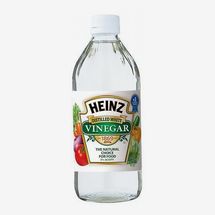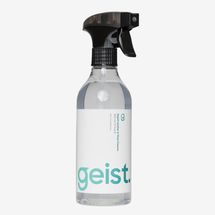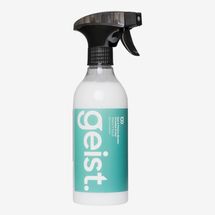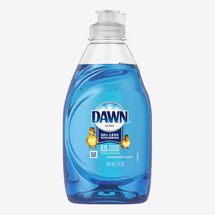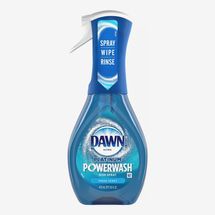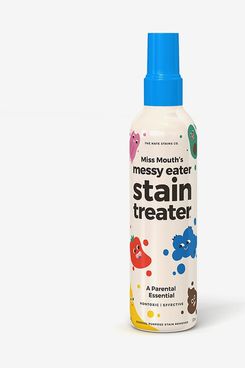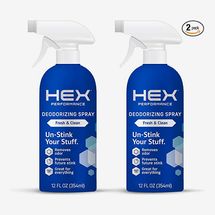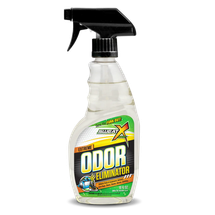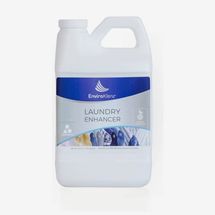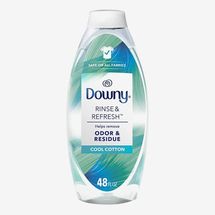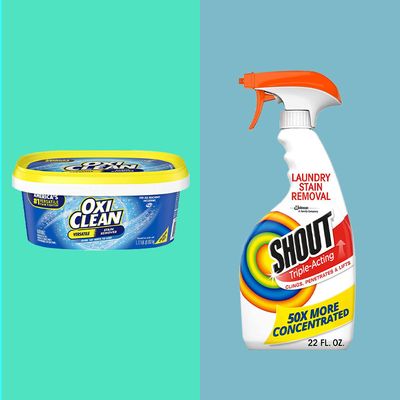
As both a professional dry cleaner and proud laundry nerd, I’ve spent the past four years testing hundreds of laundry detergents, stain removers, and cleaning methods to find the best ones. You can see some of that testing in action on TikTok and Instagram, where I share industry secrets, laundry-care tips, and my favorite products at @jeeves_ny. My goal is to make the never-ending chore of laundry easier for everyone — especially when it comes to stains that seem overwhelming, like a wine spill on your favorite white T-shirt or mud on the only pair of pants your toddler will tolerate. To that end, here are my favorite products and processes for removing just about every kind of stain out there.
The best overall stain removers for most kinds of stains
There are four main categories of stains: enzymatic (most types of food stains, baby formula, grass), oxidizable (sweat and any type of stain that has sugar in it, like red wine), particulate (dirt and mud), and grease. Each category will respond best to a stain remover that is specifically formulated to break it down — the ingredients that are most effective against mud, for example, lack the protease enzyme that is most effective against stains with protein in them, like blood. So your first step in treating any sort of stain should be to identify what it is. (Stains that are usually permanent include hair dye, ink, oil-based paint, and discoloration; if you’re dealing with one of those, keep your expectations low.)
Many stains are combination stains that require overlapping treatments; if you spill Bolognese sauce on your shirt, you’ll be dealing with both a protein-based enzymatic stain and a grease stain at once. That’s why I like Shout Triple-Acting and OxiClean MaxForce as my go-to all-around stain removers. Each contains a bundle of different enzymes and other cleaning ingredients that tackle a wide variety of stains — I’ve tested them on everything from grass to gravy, and they are both excellent. For best results, spray soiled areas as soon as possible and let them sit for at least a few hours before washing, ideally overnight. Enzymes need time to break down stains, so the longer a pretreatment sits on a stain, the better it will work.
The best “free and clear” stain remover
Puracy uses a blend of six plant-based enzymes to fight all types of stains, from blood to watermelon juice. In my testing it has shown amazing results against the always tricky blackberry-juice and waterproof-mascara stains — no easy feat! It doesn’t contain any sulfates, phosphates, parabens, petroleum-based ingredients, animal by-products, perfumes, or dyes. I also like that the brand’s refill pouches are more sustainable than repeatedly buying new plastic spray bottles.
The best stain removers for yellow sweat stains
Yellow stains at the underarms, collar, and cuffs of a shirt are usually oxidized sweat and body-oil stains: The yellowing occurs when residual sweat reacts with oxygen in the air. To correct the color of oxidizable stains, you need an oxygen-bleach product like OxiClean powder (as opposed to a chlorine-bleach product like Clorox, which can be very harsh on clothing and, unlike most oxygen bleach, is not color safe). OxiClean powder is very effective when used correctly; I also like this one from Blueland because it works very well and uses sustainable packaging.
For oxygen bleach to perform as expected, you will need a bucket or sink, hot water, and some time and patience. All forms of oxygen bleach are slow acting and heat activated, so you’ll get the best results by dissolving it in hot water, then soaking your stained clothing. Wash your garment first, then soak it overnight with oxygen bleach and the hottest water the fabric can handle. If you’re happy with the results, throw them back in the washing machine and inspect before drying; otherwise, rinse and repeat. For the most difficult stains, I have to repeat this process multiple times to get the very best results.
The best stain removers for mud and dirt
Mud and dirt stains are particulate stains that are most effectively removed with “builders,” which soften and neutralize hard water by raising its pH and allowing other cleaning ingredients to work better. When it comes to dirt and mud stains specifically, builders break up the metallic bonds between the textile and the stains. The most common examples of builders are Borax (sodium borate), Arm & Hammer Super Washing Soda (sodium carbonate), baking soda (sodium bicarbonate), and powdered oxygen bleach (sodium percarbonate).
To tackle these stains, I’d recommend stocking your laundry kit with a sodium cocktail of two parts Super Washing Soda, one part Borax, and one part powdered oxygen bleach. Not only will this concoction help remove dirt stains, it will supercharge your detergent and improve all types of stain removal — just add a quarter cup directly into your washer’s drum before loading clothing. Another step that will help with particulate stains is to rub some of your regular laundry detergent directly into the stain before washing.
The best stain removers for makeup
I wish there were truth to the many urban legends about common household products like hair spray, nail-polish remover, and essential oils working on tough makeup stains — sadly, there is not, and you’ll get far better results with an enzymatic stain remover. Once again, Shout or OxiClean MaxForce are my go-tos for stains from waterproof mascara, lipstick, and foundation, which often require some pretty serious chemistry to tackle.
You may need to treat these especially stubborn stains and rewash them more than once; remember not to put stained clothing in the dryer or you’ll risk setting the stains permanently. If enzymatic sprays are not doing the job, try following up with a powdered oxygen bleach: Soak your stained item in hot water with a quarter cup of powdered oxygen bleach for eight hours or more, then rewash.
The best stain remover for baby stains
Dreft is a brand owned by laundry-detergent king Procter & Gamble (which also owns big hitters like Tide, Gain, and Downy). It is specially formulated for tough stains on infant and children’s clothing, including baby formula, poop, and spit-up. And given its young “target audience,” it is free of dyes and phosphates and safe for sensitive skin.
The best stain remover for blood stains
The best way to remove blood stains is by rinsing them with cold water and treating them with hydrogen peroxide, a liquid form of oxygen bleach. You’ll likely see the hydrogen peroxide foam up immediately and, if you’re like me, become giddy with excitement (blood contains an enzyme called catalase that breaks down to water and oxygen when it comes into contact with the peroxide, causing the fizzing). After that, you can further pretreat with an all-purpose stain remover that contains protease (like Shout or OxiClean MaxForce) to break down any remaining protein molecules. Let the pretreatment sit overnight, then wash in cold water. Using cold water is extremely important as heat can set any protein-based stain, including blood, meat, egg, and grass: If you wash them in hot water, you can literally “cook” the stains into the fabric.
The best stain remover for delicate fabrics
Boulder Clean’s stain-removing spray swaps out enzymes in favor of liquid-oxygen bleach; after water, its second-most-prevalent ingredient is hydrogen peroxide. Boulder also uses chelating agents and pH modifiers to tackle metallic-based stains like dirt and mud. Because it does not contain enzymes, it’s a great stain remover for delicate fabrics that contain natural animal proteins like wool, silk, and cashmere. Enzymatic detergents or stain removers can weaken these types of fabrics because enzymes work by breaking down large molecules into smaller ones. That means they literally bust up stains — including stains that contain proteins — to make them easier to remove. But it also means they can attack proteins in the fabric itself, which will wear out your clothes. (If you can’t find Boulder Clean, Dreft is another good option for delicate fabrics.)
The best stain removers for red wine, coffee, and tea
Chateau Spill is formulated for acidic stains from red wine, coffee, and tea and uses citric acid to neutralize those tannin-based stains. These types of stains will oxidize and turn yellow and brown over time, so the sooner you can treat and wash them, the better. If the stain is fresh, it may even “disappear” right before your eyes. But don’t be fooled if that happens: You must still wash your garments after pretreating them. Note that citric acid can occasionally discolor fabrics, so Chateau Spill is a product you’ll want to patch test on a small, inconspicuous area of a garment prior to treating a stain.
Another option for acidic stains is to mix one cup of warm water, one cup of white vinegar, and one to two drops of dish soap to use as a pretreatment. If the stain is still visible after washing, you can repeat the process and rewash, and consider using oxygen bleach to help color correct.
The best stain remover for stains on leather
This is an excellent stain remover and all-purpose cleaner for both faux and real leather. I use it often at work when hand-cleaning expensive leather pieces that require just a touch-up instead of a deep clean; simply spray it onto a towel and wipe down the item. Geist also sells a Dye & Friction Blocker that helps prevent dye transfer onto leather — think blue dye from your new jeans staining your beautiful white leather bag or the seat of a leather dining chair — and can help keep leather cleaner from the jump.
The best stain remover for oil and grease
Grease stains include all stains that are oil based, from cooking oils to makeup to bike grease — and depending on the source of the grease, they can be the easiest or the hardest stains to remove.
The good news is easy-to-find surfactants like dish soap can work wonders, breaking down a grease stain on clothing the same way they do on cookware by allowing oil to become soluble in water. All it takes to handle an olive-oil spot on a cotton tee is a bit of water, a drop of dish soap, and a quick wash. But oil-based waterproof makeup won’t go so easily. For stubborn stains that refuse to let go, try rubbing in a high-quality laundry detergent and patiently waiting overnight before washing.
If you’re using dish soap, make a solution of one cup of warm water and a drop or two of soap. I’ve found that Dawn and Dawn Powerwash work best — just make sure not to overdo it because using too much will make too many suds in your washing machine and can cause a whole slew of issues. Gently work that solution into the stain and let it sit for at least 15 minutes before washing.
Unfortunately, with extra-difficult grease stains, there are limits to how much you can do at home: For motor oil, paint, and crude oil, I’d recommend going straight to a dry cleaner. These are usually complex, petroleum-based stains that require an oily solvent to remove, and that’s best left to the pros.
The best on-the-go stain remover
For a compact stain remover to keep in your bag, ditch the Tide-to-Go pens and grab one of these mini spray bottles. Miss Mouth’s Messy Eater is from the same company that makes Chateau Spill and shows impressive results against a wide variety of stains; just spray it on and watch the stain’s color melt away, then launder as usual. Like Chateau Spill, Miss Mouth’s Messy Eater contains citric acid, which can occasionally discolor fabrics, so this is another product you’ll want to patch test on an inconspicuous area of a garment before treating a stain.
The best odor removers
Oftentimes odors are caused by residual bacteria living on fabric, and on items like workout clothes they can start to smell again when exposed to our body heat and moisture.
First, treat soiled and stinky areas with Hex Performance deodorizing spray or SweatX Odor Spray, then let it sit for at least a few hours. Follow up by washing with your favorite high-quality laundry detergent. (For odor removal in particular, I like Tide Ultra Oxi with Odor Eliminators, Kirkland UltraClean, and Gain + Odor Defense.).
I also suggest adding a half-cup of white vinegar or a quarter-cup of Downy Rinse & Refresh to the fabric-softener slot of your washing machine (make sure to press the fabric-softener button or the machine won’t add the product to the rinse cycle). Downy Rinse & Refresh is an acidic, super-low-pH formula that is designed to strip away gunk and minimize odor. It’s much more powerful than white vinegar and works really well on blitzing odors from synthetic fabrics. (Notably, it is not a fabric softener, even though it’s a Downy product that goes in the fabric softener slot.)
For extra credit, add EnviroKlenz laundry enhancer to the detergent slot of your washing machine along with your regular detergent. It contains three metal oxides — magnesium, zinc, and aluminum — that physically interact with unpleasant odors and soak them up like a sponge so they can be rinsed away.
The best homemade stain remover
My favorite homemade stain remover uses only three simple ingredients you probably already have, plus it’s extremely cheap: Mix equal parts vinegar and water, then add a couple drops of dish soap. This recipe will work fairly well against straightforward grease, food, drink, and sweat stains, especially if the stains are fresh. Just make sure you give it some time to sit on the stain before washing. (Note that baking soda is not part of this recipe as you cannot mix baking soda and vinegar for stain removal purposes. While the two ingredients unfailingly make for a great science fair volcano, they neutralize each other when mixed, destroying their cleaning properties.)
The Strategist is designed to surface the most useful, expert recommendations for things to buy across the vast e-commerce landscape. Some of our latest conquests include the best acne treatments, rolling luggage, pillows for side sleepers, natural anxiety remedies, and bath towels. We update links when possible, but note that deals can expire and all prices are subject to change.
